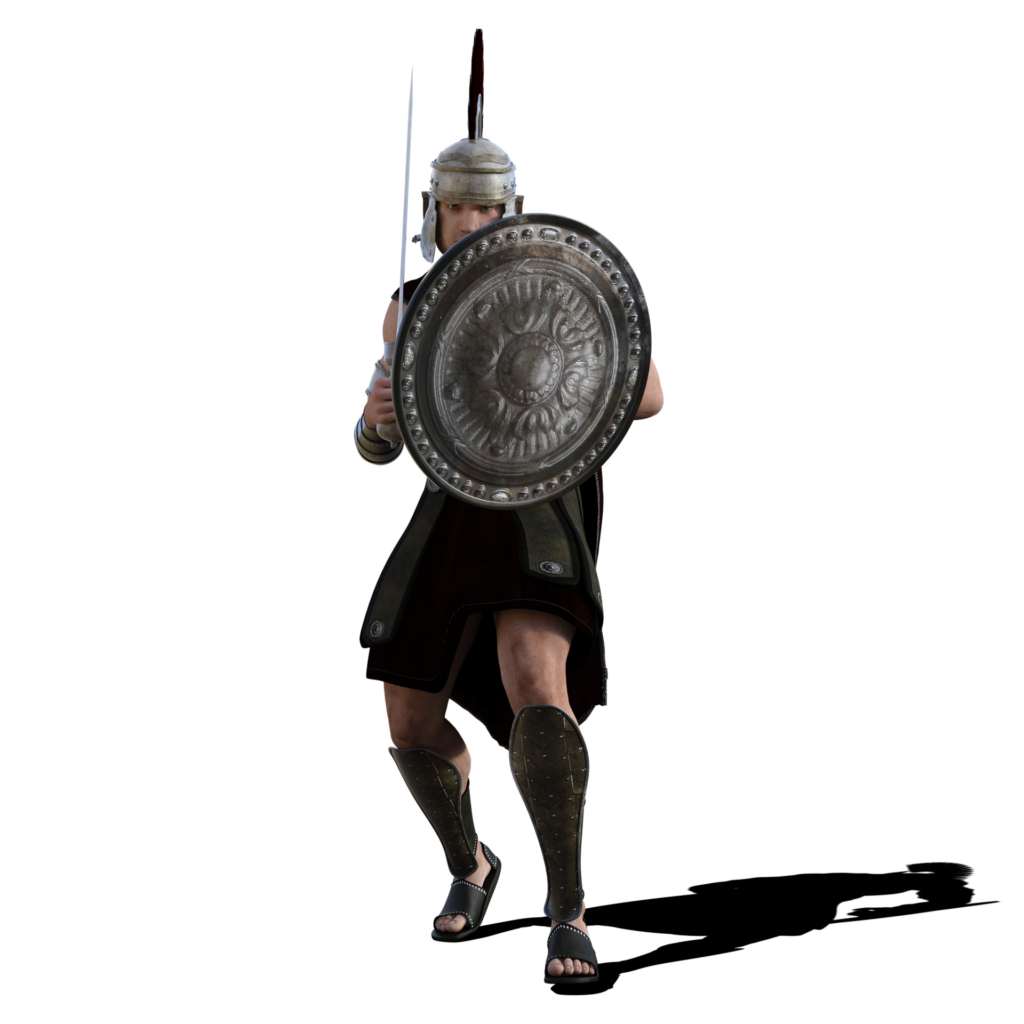A universal characteristic of the anxiety state is the exaggerated reaction we have to anxious thoughts, emotions, symptoms, and even to people, places or memories. We don’t understand why this happens to us. This exaggerated reaction and the accompanying bewilderment we feel are at the core of our struggle with anxiety.
Triggers
Much of the anxiety we experience is the worry about things that have triggered anxiety or panic episodes in the past. These can be either external or internal triggers.
External triggers
Our anxious reaction can be triggered by being in a particular place, interacting with certain people, or by a specific activity. It might be going to a shopping mall, or our parents’ house. Perhaps it is attending a meeting, speaking up, going to a party. Or maybe driving on the freeway, going into an elevator, or flying on an airplane.
Internal Triggers
Many times, there isn’t an obvious external trigger, and we have no idea what triggered our anxiety. It might have been a memory, a thought, or a feeling that seemingly popped up from nowhere to start it all. Maybe the anxiety appeared “right out of the blue” with no warning and for no apparent reason. Or perhaps we simply woke up that day feeling particularly anxious.
Whatever the trigger, there is one thing in common – it provokes an exaggerated anxious reaction in us and starts the cycle of anxiety.
Vigilance is Counterproductive
As you can see, anxiety can happen for any reason whatsoever, or seemingly no reason at all. That is why the trigger itself is of very little importance. Yet much of our time is spent analyzing why we react to these triggers, and staying on the lookout for them.
We believe (hope?) that if we could just avoid these triggers somehow, or nip the anxiety in the bud the moment a trigger happens and before our reaction has had time to build, then we can prevent the anxiety from happening. But again and again we find that we can’t.

Staying on guard against anxiety doesn’t work. No matter how vigilant we are, we still get dragged back down the anxiety rabbit hole. In fact, this constant vigilance and the anticipation anxiety that it creates actually adds to our anxiety and fuels it, helping to keep it alive.
Being constantly vigilant is also exhausting, and greatly interferes with our ability to function well in life. Yet we continue to do it because of our huge fear of anxiety, and we don’t know what else to do.
Dealing with the Exaggerated Anxious Reaction
Time after time we have not been able to conquer these triggers or prevent anxiety or panic attacks, so we may as well stop trying, and take a different approach. Here it is…
The way out of the anxiety state is to no longer focus on the triggers, or figure out why we react to them, but deal instead with our exaggerated anxious reaction. The key to this lies in understanding that if the triggering events occurred but didn’t make us anxious, we would be perfectly OK with them. Clearly, it is the anxious feelings and symptoms that we actually fear, not the triggers. And this is where we should focus our attention.
Our energies are better spent learning to deal with our anxious thoughts, feelings and symptoms. When these no longer matter to us, the triggers themselves become irrelevant. In other words, if we had an anxious feeling and we were OK with it, it would be of no more significance to us than a feeling of say hunger or tiredness, and our reaction to it would be mild or non-existent.
So just how do we learn to be OK with anxious thoughts, feelings, and symptoms? How do we turn down the heat of our exaggerated reactions to anxiety?
How We Recover
To tone down our exaggerated reaction, we stop adding second fear (the fear of the fear, fear of the anxiety). Instead of fighting against our anxious reaction, we allow it to play out fully and willingly, without resistance, and focus instead on feeling the feelings that result. We observe these with a “curious indifference”. Even though they can be intense and scary, if we just let them wash over us without any reaction, they will burn themselves out.
Repeatedly practicing this – allowing the feelings to come freely, and letting the anxious energy burn itself harmlessly out – we lose our fear of anxiety. As we lose our fear of anxiety, we begin to react less strongly to it. Our reactions become milder, and the anxious feelings become less scary and less important to us. As this happens, we begin to lose our fear of the triggers too, since we know we can handle any feelings that arise.
It’s a simple approach, but it can be tricky to grasp and implement because it is almost the opposite of what we naturally tend to do. I explain this process in much greater detail in my book.
Recovery
The more you practice, the more your exaggerated reactions will continue to fade, and one day you will realize you can be in the company of anyone, no matter how they behave, what they say, or what buttons they push. You will find yourself in environments or places you associated with anxiety, sadness, fear, shame etc., and just smile and surrender to it all. It all flows past you. You see it, but none of it triggers a reaction. Or you will wake up feeling anxious, and notice it is no more troublesome than waking up hungry or tired.
De-fusing the exaggerated anxious reaction leads to a profound sense of relief and peace. It leads to recovery.
_____
(Image by Mystic Art Design from Pixabay)







